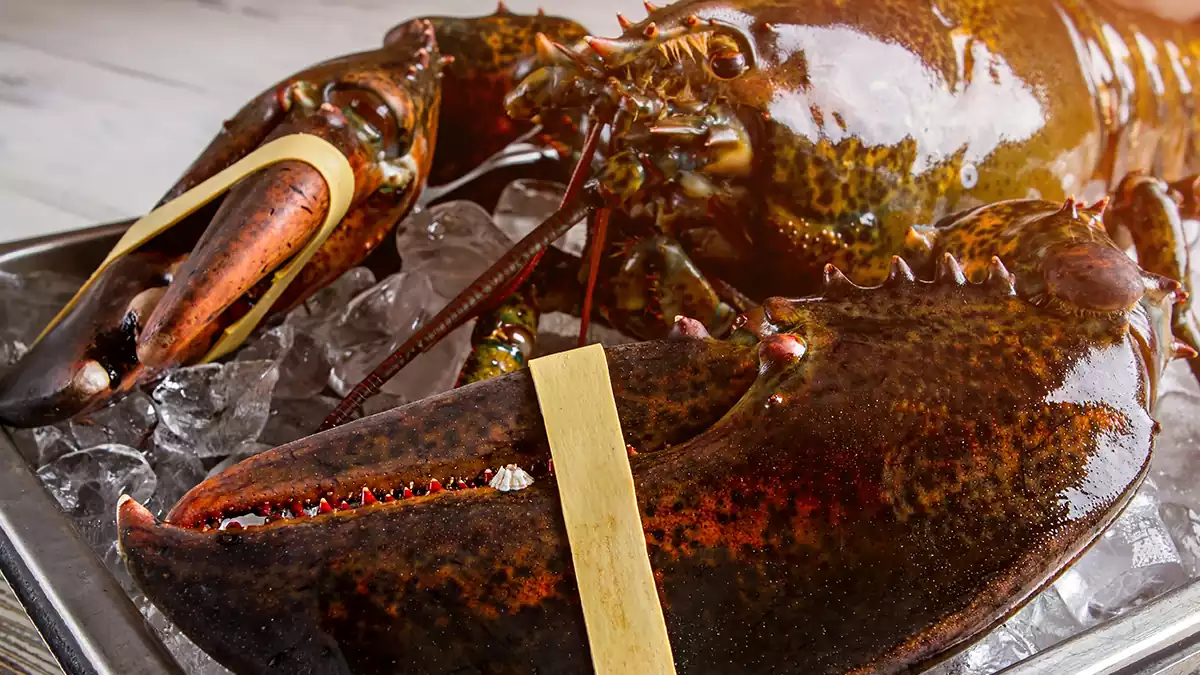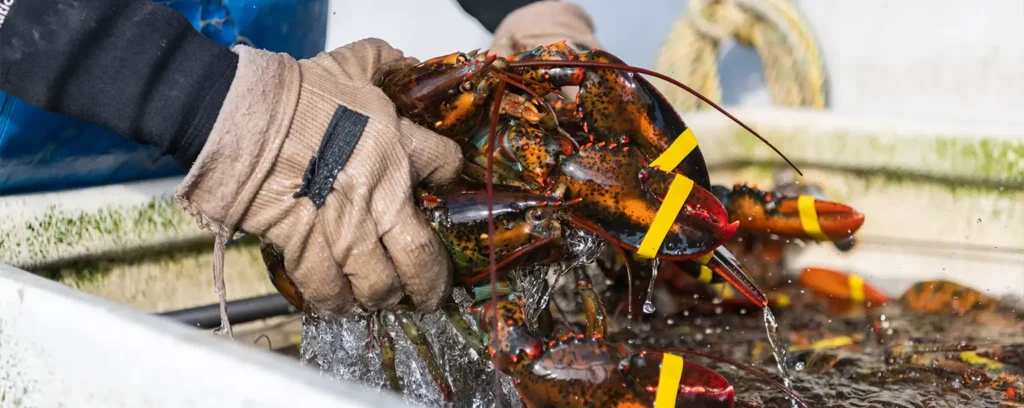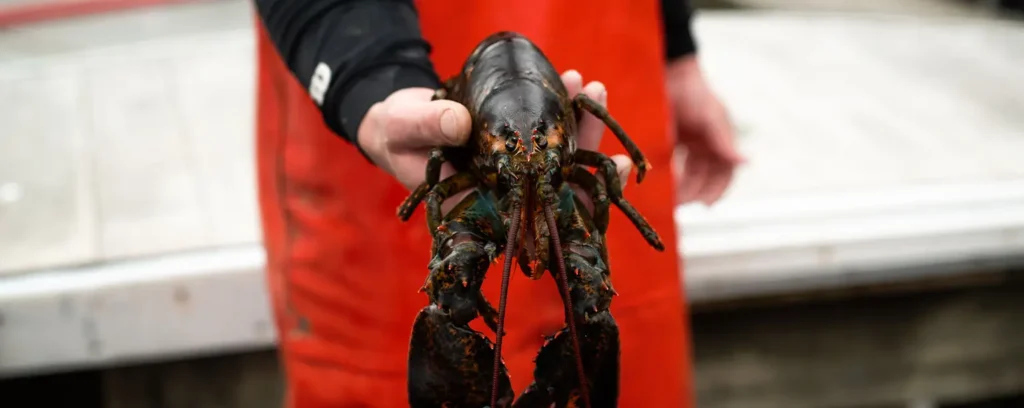
What Size Lobsters Taste the Best?
Do Large Lobsters Have Tougher Meat?
Larger lobsters tend to have thicker muscle fibers making the lobster meat tough, rubbery, and hard to chew. Even lobster tails from large lobsters can be tough to eat because of these thick muscle fibers. Muscle fibers usually grow in a single direction. Fibers running in the same direction are called the grain. The direction of the muscle fibers contributes to it becoming tough to eat. This is a well-known fact about beef as some cuts of beef come from muscular areas. The thicker muscle fibers make certain steaks tough to eat. The same thing happens with larger lobsters. But, there’s a trick that can make large lobsters with thick muscle fibers easy to eat. The solution is to cut the meat against the grain. So if the muscle grain runs horizontally, from left to right, you cut the meat vertically, across the grain. By doing this you are essentially shortening the muscle fibers making it easier to eat.
Why Do Large Lobsters Taste Bad?
Another reason why large lobsters may not taste as good as smaller lobsters is the method of cooking. Certain recipes and methods for cooking lobsters are dependent on their size. The cooking procedure for something small is different from how one cooks something larger. It takes longer for the heat to cook through a larger lobster than it does for a smaller lobster. But, cooking a colossal size lobster with a longer cooking time can cause the outer portions of the meat to overcook. This will turn the outer parts rubbery while the inner parts are properly cooked. A similar thing happens when cooking chickens and turkeys. For example, the breast meat is leaner and cooks faster than the dark meat in the thighs and legs. If you pull the chicken out of the oven when the breast meat is done, the leg and thigh meat will still be undercooked.
How to Cook a Giant Lobster
The solution for ensuring the lobster is thoroughly cooked is to remove the meat from the shell so that all sides of the tail can receive an equal amount of heat. By using a butterfly technique you can ensure the meat will be cooked all the way through. The rest of the lobster, if it’s especially huge, needs to be shucked and cooked at varying times. This exposes the meat and allows it to cook evenly.
What’s important to keep in mind for cooking large lobsters is to expose as much of the meat as possible to the heat source. Whether that’s in an oven or over a flame grill, you want to cook all the meat evenly.
Following these steps for cooking giant lobster will result in a good-tasting lobster.
While many may swear large lobsters don’t taste as good as small lobsters, maybe they’re just not cooking it right.
Which Size Lobsters Taste Best?
Giant, large, and smaller, legal-size lobsters all taste fine. They just need to be cooked in specific ways. That said, it’s best to stick to smaller-size lobsters because that’s the most sustainable option. In Maine, it’s not even legal to catch a giant-sized lobster. This is because large lobsters help maintain a healthy population of crustaceans. While in other states it may be legal to catch or sell the larger lobsters, large lobsters still require a large amount of planning to cook successfully. Everyone is better off cooking the regular, smaller lobsters because they’re easier to cook and don’t require special handling.



